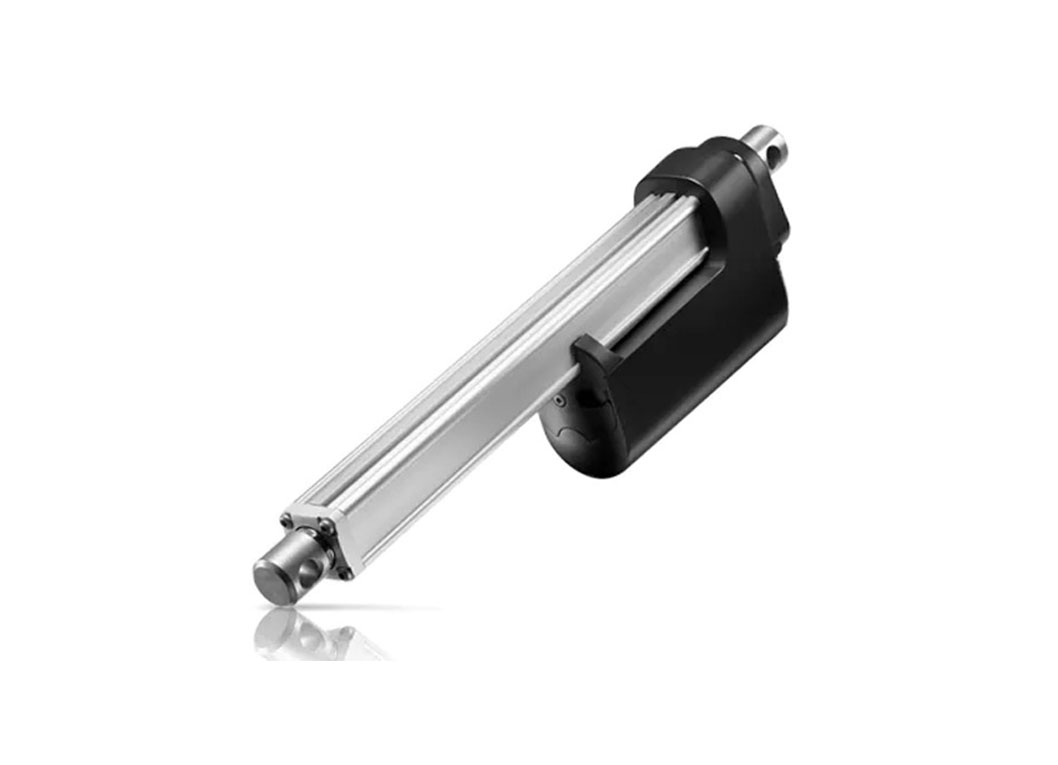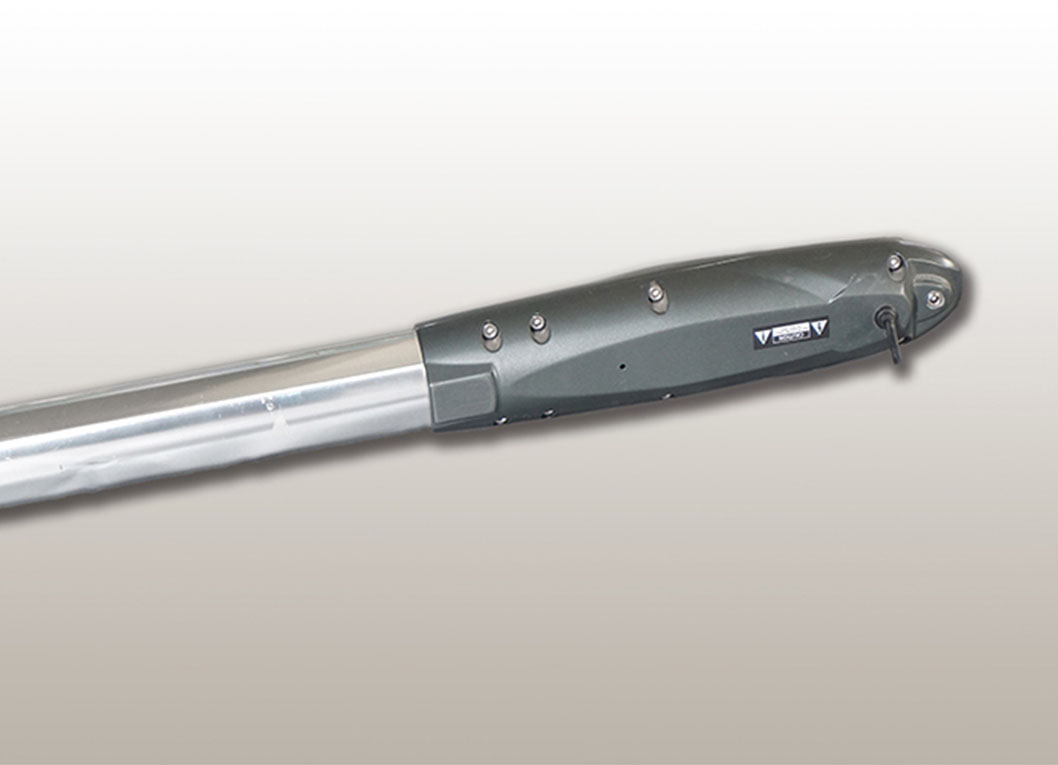You want your actuator to work well. You want it to be safe. You want it to last. I help you pick the right voltage. I make it easy. I show you how. I share real data. I share real steps. I speak plain and clear.

I am from Jimi (Jimi Technology Co., Ltd.). I build high-quality linear actuators, TV lifts, and automation systems. My products turn electrical energy into linear motion. You press a button. It lifts. It lowers. It pushes. It pulls. It tilts. I am not just a seller. I am an expert. I am a solution provider. I am a trusted authority. I help you pick the correct voltage for a linear actuator with confidence.
Why Voltage Matters
Voltage is the push. Current is the flow. Power is the work. You want the right mix. You want performance. You want safety.
- Wrong voltage hurts. It can slow the speed. It can cut the force. It can cause heat. It can cause wear. It can cause failure.
- Right voltage helps. It boosts efficiency. It fits your power supply. It fits your controller. It fits your cables. It fits your budget.
I match your linear actuator electrical specifications to your system voltage requirements. I read the datasheet. I check voltage tolerance. I avoid undervoltage issues. I prevent overvoltage. I protect your lifespan.
Common Linear Actuator Voltage Options
12V DC: Easy and Portable
- Good: Works with a battery powered linear actuator. Simple wiring. Common in automotive and marine.
- Trade-off: Higher current draw for the same power. More voltage drop on long cables.
- Use: RVs, solar vents, small robotics, automotive adjustments.
24V DC: The Workhorse
- Good: Lower current for the same power. Better for long cables. Standard in industrial automation.
- Trade-off: Needs a 24V DC power supply or two 12V batteries in series.
- Use: Factory automation, medical equipment, office ergonomics, agriculture.
36V and 48V DC: High Power
- Good: Very low current draw. Great for high force and high speed. Efficient over long runs.
- Trade-off: Needs specialized power supplies and controllers. Higher component cost.
- Use: Heavy-duty industrial, large solar trackers, special machinery.
AC (120V / 240V): Direct Mains
- Good: Plug into the wall. Strong force. Good for fixed installations.
- Trade-off: Not battery-compatible. Needs careful control. Watch safety with high voltage.
- Use: Window openers, large gate systems, commercial building automation.
Voltage and Performance: Simple Data Table
| Voltage Type | Typical Force | Typical Speed | Current Draw | Best Use |
|---|---|---|---|---|
| 12V DC | 100N–2000N | 5–100 mm/s | High | Small projects and battery use |
| 24V DC | 200N–6000N | 5–150 mm/s | Moderate | Industrial and ergonomics |
| 36V / 48V DC | 1000N–10,000N+ | 10–200 mm/s+ | Low | Heavy-duty and long cable runs |
| 120V / 240V AC | 500N–15,000N+ | 5–300 mm/s+ | Step-down inside | Fixed mains power |
I use this to match force and speed to voltage. I look at power consumption and efficiency of linear actuators by voltage. I plan for voltage drop. I size your cable gauge. I keep your heat generation low. I cut power losses.
Key Factors for Voltage Choice
Force and Speed
Voltage affects motor RPM and torque. It shapes your output power. I balance voltage affects actuator speed and voltage affects actuator force with the gears and screw drive like lead screw or ball screw.
Power Source
You may use a battery, mains power, or solar panels. I pick a switching power supply or a transformer or a voltage converter for linear actuator. I guide renewable energy actuator voltage. I plan battery chemistry and voltage.

See robust options for your plant in Industrial linear actuators:
Industrial linear actuators for factory automation
Cable Length and Voltage Drop
Long cables drop voltage. I use Ohm’s Law. I raise system voltage when you need long runs. I pick correct wire gauge. I control noise suppression and EMI RFI with linear actuators. I improve grounding linear actuator voltage.
Current Draw and Power Supply Sizing
I calculate actuator current draw. I set continuous current and peak current. I size power supplies with a 20–30% margin. I add current limiting for linear actuators. I choose fuse selection or a circuit breaker for linear actuator. I add overcurrent protection and reverse polarity protection and short circuit protection.
See engineered supplies and controllers:

Precision power supplies and actuator controllers
Control System Compatibility
I match your actuator controller voltage to your PLC or Arduino or embedded systems. I build H-bridge and PWM control voltage. I fit encoder voltage and potentiometer voltage feedback. I support stepper linear actuator voltage, servo linear actuator voltage, brushed DC motor linear actuator voltage, and brushless DC motor linear actuator voltage.
Explore quiet and strong motion in brushless DC actuators:
High-efficiency brushless DC actuators
Safety and Regulations
Low voltage is safer. High voltage needs care. I follow safety standards like IEC 60204-1 and NFPA 79 and UL 508. I pick the IP rating for water, dust, and hazardous environment linear actuator voltage. I plan for extreme temperature linear actuator voltage. I make silent linear actuator voltage with noise suppression.
The Impact of Incorrect Voltage
Undervoltage
- Slow speed
- Low force
- Stalling
- Overheating as it tries to draw more current
- Failure to operate
Overvoltage
- Overheating
- Premature wear
- Damage to internal components
- Increased noise
- Catastrophic failure
I stop common problems with incorrect voltage. I prevent actuator failure due to voltage. I add overvoltage protection linear actuator and voltage regulation for linear actuators.
Practical Steps: Your Voltage Plan
- Define needs: Force, speed, stroke length, duty cycle.
- Identify power source: Battery, mains, solar.
- Consider environment: Cable length, operating temperatures, IP rating.
- Check datasheets: Read motor voltage, efficiency, amperage, torque.
- Calculate current draw: Know peak and continuous.
- Size power supply: Add 20–30% headroom.
- Select controller: Match control voltage and feedback sensors.
I then match voltage compatibility across the actuator, the controller, the wiring gauge, and the power source. I draw your actuator electrical diagram voltage. I test voltage ripple. I measure back EMF linear actuator. I check inductance of actuator motor and resistance of actuator motor. I use the motor constant Kv.
Case Studies
Automotive Hood Lift (12V DC)
A car has a 12V battery. Cable runs are short. The load is moderate. 12V DC linear actuators make sense. I add reverse polarity protection. I set a fuse. I control with a switch or a remote.
Industrial Valve (24V DC)
A plant uses PLCs. It needs reliable control. It needs long cables. 24V DC is standard. I add H-bridge and PWM. I use actuators with position feedback. I reduce EMI/RFI. I meet safety standards.
See precise motion and feedback:
Actuators with position feedback for PLCs
Standing Desk (24V DC)
A desk uses multiple actuators. It needs quiet. It needs synchronized movement. 24V DC gives a good balance. I add integrated controller linear actuator voltage.
Large Solar Tracker (36V / 48V DC)
A field has long cables. It needs high force. It runs on solar power. 36V or 48V DC are efficient. I cut voltage drop. I boost longevity.
Entities I Use And What They Mean
| Entity | Simple Note |
|---|---|
| Linear Actuator | Moves in line |
| Voltage (V) | Push power |
| Current (A) | Flow amount |
| Power (W) | Work done |
| DC Motor | Direct current |
| AC Motor | Alternating current |
| 12V (DC) | Low voltage |
| 24V (DC) | Industry standard |
| 36V (DC) | High power |
| 48V (DC) | Very high power |
| 120V (AC) | Mains in US |
| 240V (AC) | Mains in EU |
| Power Supply | Feeds power |
| Battery | Stores power |
| Controller | Gives commands |
| H-Bridge | Drives motor |
| PWM | Speed control |
| Stroke Length | Travel distance |
| Force (N/lbs) | Push power |
| Speed | Move rate |
| Duty Cycle | Work time |
| IP Rating | Seal level |
| Gears | Torque change |
| Screw Drive | Lead or ball |
| Motor Controller | Motor brain |
| Sensors | Encoder or pot |
| Wiring Gauge | Wire size |
| Voltage Drop | Lost push |
| Efficiency | Less waste |
| Torque | Twist power |
| Amperage | Current level |
| Application | Use case |
| Safety Standards | Rules to follow |
| Overcurrent Protection | Stop overload |
| Fuses | Cut on fault |
| Circuit Breakers | Reset switch |
| Transformers | Change voltage |
| Converters | Turn AC/DC |
| Solar Panels | Sun power |
| PLC | Logic control |
| Embedded Systems | Small control |
| Robotics | Smart motion |
| Automation | Work that moves |
| Home Automation | House motion |
| Ergonomics | Easy use |
| Maintenance | Care work |
| Longevity | Long life |
| EMI/RFI | Noise mess |
| Grounding | Safe path |
| Datasheet | Specs page |
Positioning Jimi As Your Solution
You need a guide. You need facts. You need help. I give you a full actuator voltage selection guide. I design the system. I supply the actuator. I supply the controller. I supply the power supply. I install protection. I test the voltage. I test the current. I test the power. I stand by your project.
Explore all electric linear actuators and power options:
Electric linear actuators and matched power supplies
Conclusion
Pick the right voltage. Match it to your force and speed. Fit your power source. Fit your controller. Plan for cable length. Guard for safety. Mind your cost. Read the datasheet. Use Jimi. I make it clear. I make it safe. I make it work.
If you want help today I can size your voltage. I can pick your actuator. I can set your controller. I can ship your system. I can support your team.
References
- IEC 60204-1. Safety of machinery. Electrical equipment of machines.
- NFPA 79. Electrical Standard for Industrial Machinery.
- UL 508. Industrial Control Equipment.
- Jimi Technology Co., Ltd. Internal datasheets and application notes on linear actuator electrical specifications, voltage tolerance, and power supply sizing.






